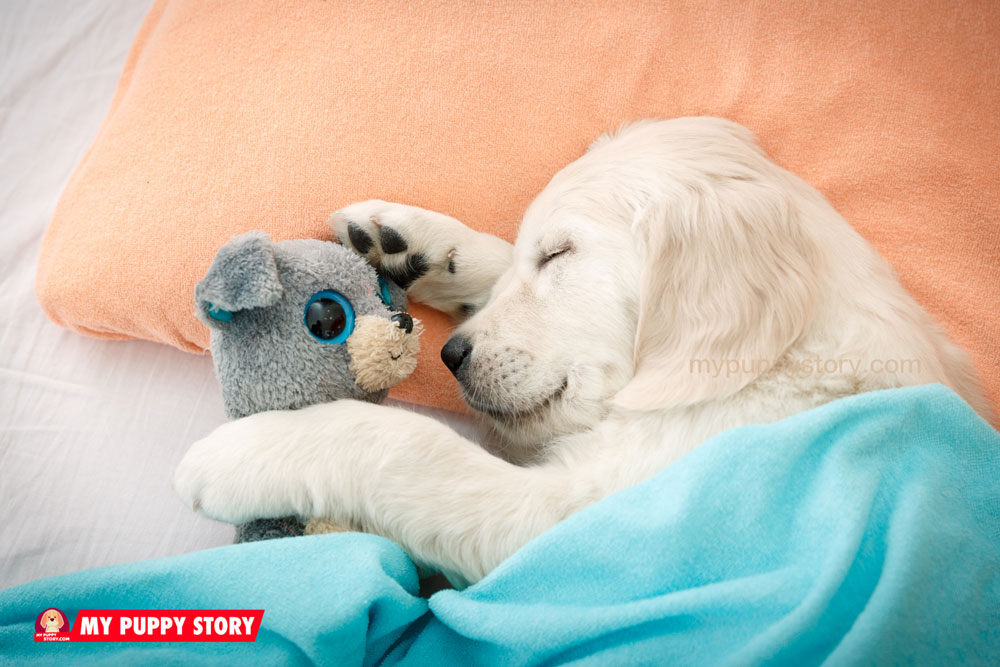I was excited when I opened the package Christmas day from my wife and realized that my hot sauce collection was about to grow. But although I had heard of the hot sauce in my hand, I had never personally experienced its taste or its punch. That would soon change.
A hot sauce that captures the eye, before the palate
Mad Dog 357 comes in a very handsome 5 oz. bottle with a cartoonish canine mascot on the front with an almost “cheshire cat” grin, as if attempting to lure in the unsuspecting connoisseur. The “357” logo is boldly presented in the center of the bottle with the warning above it, “this sauce will blow you away.” Additionally, there is a disclaimer reading, “this sauce is very hot–use it at your own risk.” If that isn’t enough warning, there is a rather satirical(but legal) disclaimer on the side of the bottle in which the buyer agrees, among other things, that he or she is not “inebriated or otherwise not of a sound mind” before using the product. The appearance of the hot sauce itself is dark brown/red and rather thick and peppery.
A hot sauce with a lot of bite
Just as it claims, this sauce is fiery hot–and not for the faint of heart. But the taste is nearly as impressive as the heat, and reminiscent of a rich and robust barbecue sauce. The flavor is pungent but pleasant. There is a distinctly sweet tang to it, complemented by the peppery boldness. And then there is the heat–meriting a four-pepper rating on such popular hot sauce web sites as hotsauce.com. Mad Dog 357, as the name implies, boasts 357,000 Scoville heat units, the scale used to measure the amount of capsaicin in peppers, or, to put it more simply, how fiery the chili peppers are to the palate. That may not seem like a very high number compared to other hot sauces available today that register 600,000 units or more, but don’t be fooled–Mad Dog, being an extract sauce, has a heat that tends to “hang around” rather than dissipate quickly as with other sauces.
A hot sauce that fully satisfies
Mad Dog’s heat, just to underscore, is super-intense. I find that just 2-3 drops is enough to bring on the watery eyes, runny nose, and an endorphin rush that persists for roughly 10 minutes. This is a sauce that should satisfy even the most finicky chiliheads. It is bold, full of flavor, and pours thick and slow. But a final word of caution, especially for rookies: keep a glass of cold milk or a serving of ice cream close by. As veteran chiliheads know all to well, water, soda pop, or any other carbonated beverage provides zero relief for chili-burn. I’m looking forward to trying other varieties of Mad Dog in the future. Mad Dog hot sauces are manufactured by Ashley Food Co.

